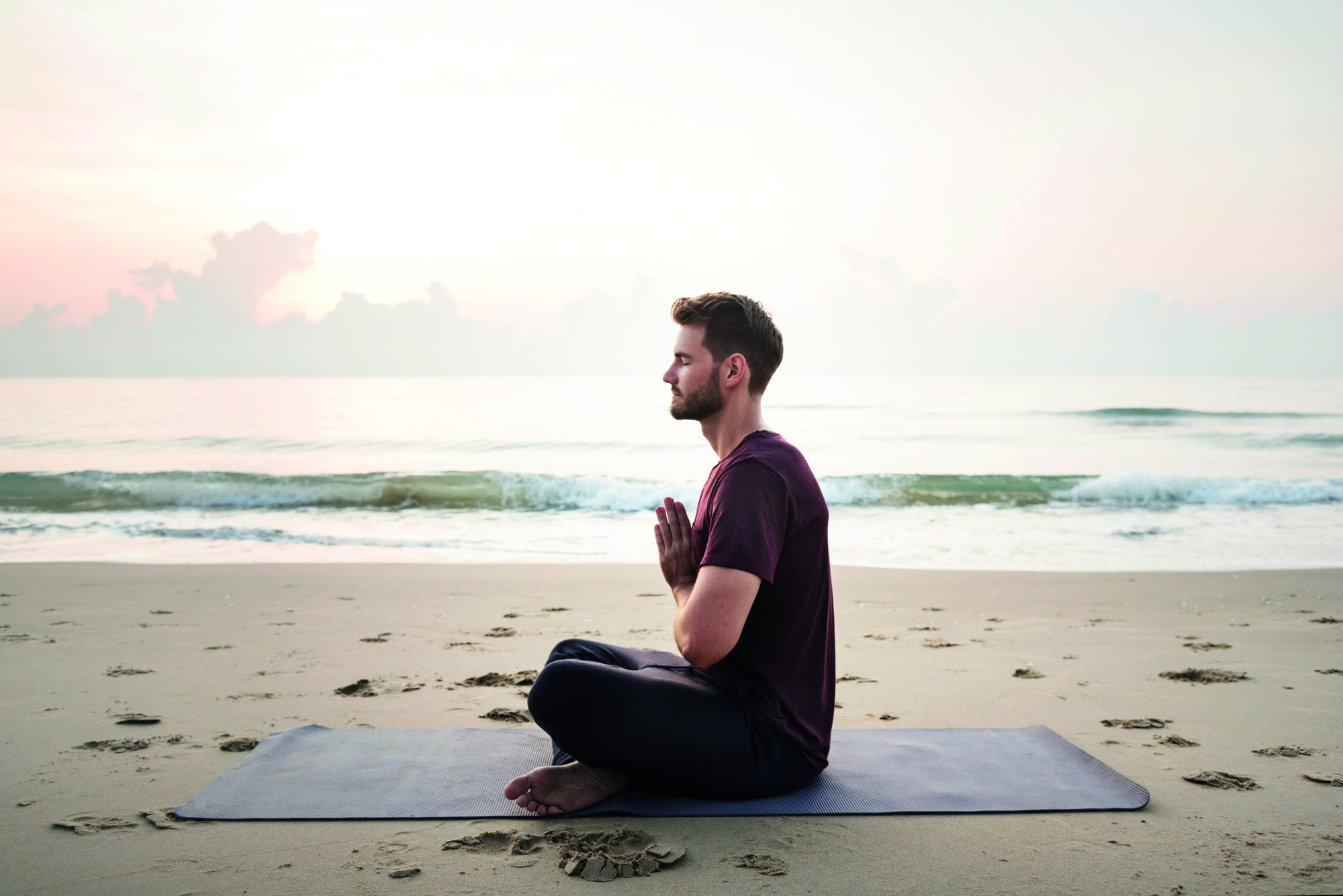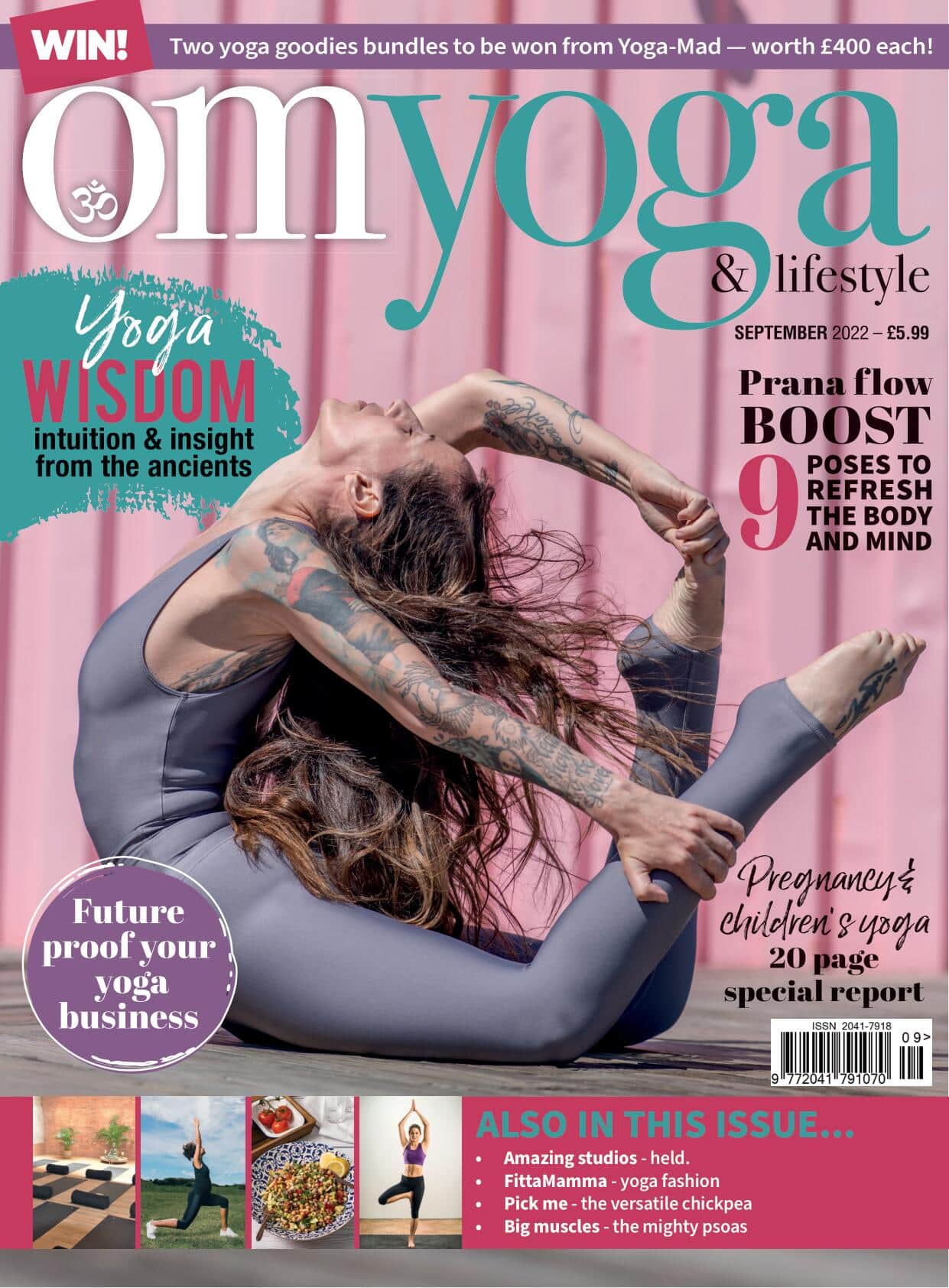
Breath, intuitive dance & vocal expression
3 tools to heal the body-mind connection after trauma. By Alyssa Kuzins
I remember it so well. I was sitting in the bathtub, leaning my head against the wall, candles lit, and listening to LeAnn Rimes ‘Chant’ album. My husband was four months into recovering from a traumatic brain injury at 30 years old, and the life I knew was gone. The tears rolled down my face as I hid in the bathroom that became more like the cave of my heart in that moment. I sat there feeling the now cool water and touched the goosebumps on my legs. I had spent the last couple of days vacillating between moments of weeping, followed by absolute nothingness. Hollow. Numb. Just staring into space. So, when my womb heart cave moment happened, the wave of finally feeling the full-on slat of crushing grief was actually a relief.
You see, I hadn’t felt deeply connected to my tears in some time because I didn’t feel connected to my body-mind. My tears seemed to fall from my eyes all on their own, but I couldn’t feel the emotion fully behind them. Now, before I go on, I want to briefly address why I am saying body-mind and not mind body. As an embodiment coach and intuitive dance guide, it’s very important to me to bring the conversation back towards the body since we live in such a mind-centric culture.
It seems the mind always comes first, whether it’s intellect or in meditation, but I’m most interested in humans, and humans have bodies that house a mind. We experience life through a sensing body. So, in an effort to honour the body as a sacred conduit to touch life, and source, body-mind it is! Okay, let’s bring it back in. Of all the things that trauma takes away from us, one of the most devastating is the disconnection to our bodies and from there, our body-mind connection.
The body communicates 80% of information to the brain via neural pathways, but when trauma happens, that superhighway gets clogged with traffic and roadblocks (that means our life force energy is low tone, moving slowly). That means messages are not being delivered efficiently and we feel foggy, lifeless, anxious, unmotivated, not creative, and have zero libido. Can you see why you need to lay on major self-compassion? This is very physiological! So once the grief sinks in, the pain of realising that we do not feel alive is one of the most devastating realisations possible. Why?
Because life is meant to feel alive. Many of us also sense this in everyday life as we move through chronic stress, jobs, and vampiric schedules that do not contribute to our energy budget but merely take.
The loss of that body-mind connection takes that zest for life and sucks it dry. Leaving nothing but an empty, hollow vessel that feels like cold wind is rushing through a barren landscape. Tumble weeds blow in the wind where abundant rivers used to flow. And yet, the solution to this desert is found in a recipe of reverse engineering. If trauma takes us out of the body, then healing brings us back in the body.
Trauma quite literally and thankfully takes us out of our bodies. Take my husband as an example. His entire body-mind shut down as he went into full on survival mode. He doesn’t remember a thing from his cycling accident. No pain, no memories. Nearly a month and a half of time gone. But he doesn’t want to remember this, who would? And like the book we know The Body Keeps the Score, which is why upon walking into the hospital a year after his accident, the sheer smell nauseated me, and I immediately felt unsafe.

That being said, so often we try to come at our problems or our trauma from the mind. We think, maybe if I just talk about it more in therapy or meditate on it more, I will feel better. And while these are beautiful tools, one cannot discount the three main embodiment tools to re-establishing our body-mind connection.
1. Breath
2. Intuitive dance
3. Vocal expression
And what do all of these have in common? Emotional expression, liberation, and energy. So, in that smelling panic moment in the hospital I had, I sat down, felt my seat, breathed and came back to the present moment. I let my mind know I was okay by coming back into the body through my nervous system, through breath.
It’s vital to remember that emotions want two things: to be seen and heard, while the above three tools of expression provide an outlet for our e-motions (energy in motion) that may be stuck.
Like a nervous leg bouncing, fingers tapping or an eye twitching, energy wants to go somewhere. Slowly and compassionately re-establishing the connection between the body-mind by doing breath work like the 478 breath, dancing intuitively to music that helps you feel, and letting out any sounds that want to be heard, like moans, wails or screaming, is how we use embodiment to heal. They blend beautifully together and stand on their own separately.
What should you expect?
The intention of these three modes of expression is to release emotion. You might cry, feel energetic, light, or even heavy. No experience is wrong! If loud sounds feel weird, try just letting your breath be loud first. Or make noises in the shower. It also might feel very strange or scary to dance intuitively, but it gets easier and more embodied as you do it, I promise!
It’s not about looking a certain way. Be gentle with yourself. And just so you know, I healed. He healed! The way out, is in.
Alyssa Kuzins is an embodiment coach, writer, and retreat leader with Radiance Retreats. Body Art is her signature embodied dance writing workshop and membership to guide women to heal through the art of music, intuitive dance, breath and writing. Find out more at: alyssakuzins.com




